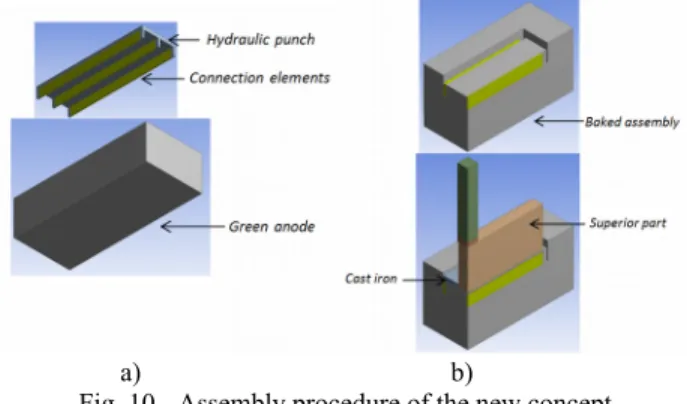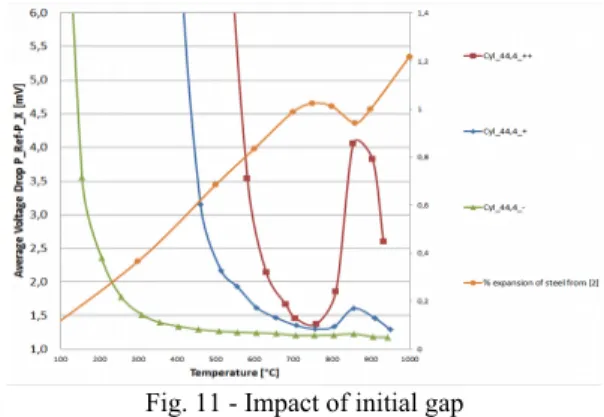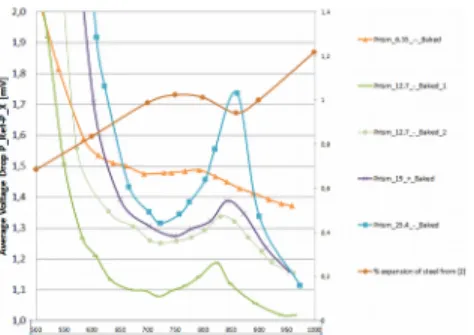Documents relatifs
where q(Xi) is the wave function of the collective motion depending on the collective variables in the system connected with the main nucleus axes. @( ... F,
In the present paper, we try to overcome the shortcomings associated with the use of multiple bibliometric measures by proposing a procedure to evaluate a global
The influence of the geographic situation on the performances of the PV pumping, we have calculated the characteristic parameters of the system such as: the energy losses and
In contrast, the photoemissive yield was practically insensitive to this extra increase of the surface area and even tended’to decrease (cf. Inter- pretation of
The use of our new cost function has allowed to increase the performances of the pre-network as compared to the standard mean squared error : the false alarm is reduced by 20 % (on
As well, work will begin this year to revamp the provincial physician recruitment strategy to ensure your government can recruit and retain the physicians needed to provide
At position B, the horizontal component of the surface tension force becomes zero, but the liquid inertia and the energy minimisation of the system induces the decrease of
Once two entities are known to be aligned, the nature of the relation between them can be charac- terized using the following mapping types: exact, the connected vertices
![Fig. 1- Anode assembly [2] Fig.2 - Stub to anode connection [3]](https://thumb-eu.123doks.com/thumbv2/123doknet/7663210.238860/1.918.492.829.410.578/fig-anode-assembly-fig-stub-anode-connection.webp)
![Fig. 3 - Chart of contact resistance relationships with overlay of original data [2]](https://thumb-eu.123doks.com/thumbv2/123doknet/7663210.238860/2.918.85.439.235.1009/fig-chart-contact-resistance-relationships-overlay-original-data.webp)
![Fig. 7 – Anode assembly proposed by Tsomaev [16]](https://thumb-eu.123doks.com/thumbv2/123doknet/7663210.238860/3.918.121.405.526.645/fig-anode-assembly-proposed-tsomaev.webp)


